Sourav Pan
Transcript
The classification of living organisms has evolved substantially over time.
Let’s trace the historical development of domain classification from traditional taxonomy to the modern three-domain system.
Classification began with Carolus Linnaeus in the 18th century. His taxonomy was based on observable physical characteristics.
For centuries, organisms were primarily classified based on their appearance and behavior.
In 1977, Carl Woese revolutionized our understanding of life’s diversity through molecular analysis.
Woese used 16S ribosomal RNA sequences as a molecular clock to trace evolutionary relationships.
His research identified that certain prokaryotes, now called Archaea, were genetically distinct from both bacteria and eukaryotes.
This discovery led to a paradigm shift in biological classification.
We moved from the traditional two-empire system of prokaryotes and eukaryotes, to the three-domain system of Bacteria, Archaea, and Eukarya.
This represented one of the most significant changes in our understanding of life’s diversity and evolutionary relationships.
Bacteria constitute one of the three domains of life and are characterized by their simple prokaryotic cell structure.
Bacterial cells lack a true nucleus and most of the organelles found in eukaryotes. Their DNA floats freely in a region called the nucleoid.
They are surrounded by a cell wall made of peptidoglycan, which gives them structural integrity and protection.
Key characteristics of bacteria include their prokaryotic nature, simple cell structure, and small size typically ranging from one to five micrometers.
Bacteria reproduce primarily through binary fission, a simple form of asexual reproduction.
During binary fission, a bacterial cell elongates and replicates its DNA.
The cell then divides into two identical daughter cells, each containing a complete copy of the genetic material.
Bacteria can also exchange genetic material through a process called conjugation, where DNA transfers from a donor cell to a recipient cell through a physical connection called a pilus.
Other mechanisms of genetic exchange include transformation, where bacteria take up DNA from their environment, and transduction, where viruses transfer DNA between bacteria.
Bacteria display incredible metabolic diversity, enabling them to thrive in virtually every environment on Earth.
They include photoautotrophs like cyanobacteria that use light energy, chemoautotrophs that derive energy from inorganic compounds, and heterotrophs that consume organic matter.
Let’s examine some important examples of bacteria that showcase this diversity.
Escherichia coli, or E. coli, serves as a crucial model organism in biological research. While most strains are harmless and part of our gut microbiome, some can cause serious foodborne illness.
Streptococcus species show the dual nature of bacteria. Some cause serious infections like pneumonia and strep throat, while others are beneficial and used in food production like yogurt.
Cyanobacteria are photosynthetic bacteria that fundamentally changed Earth’s atmosphere by producing oxygen billions of years ago. Today, they continue to play vital roles in aquatic ecosystems and form important symbiotic relationships.
Bacteria play crucial roles in ecosystems, human health, and biotechnology.
Ecologically, bacteria are essential for decomposition of organic matter, nitrogen fixation in soil, and as primary producers in some ecosystems.
In human health, the bacterial microbiome aids digestion, produces essential vitamins, and trains our immune system. However, some bacteria cause infectious diseases.
In biotechnology, bacteria produce antibiotics, enzymes for industrial processes, and provide tools for genetic engineering. They’re also used in bioremediation to clean up environmental pollutants.
Domain Eukarya encompasses all organisms with membrane-bound nuclei and organelles, setting them apart from bacteria and archaea.
A defining feature of eukaryotic cells is their complex internal organization. The membrane-bound nucleus houses DNA, acting as the cell’s control center.
Unlike prokaryotes, eukaryotic cells contain specialized compartments called organelles. Mitochondria generate energy, endoplasmic reticulum processes proteins, and the Golgi apparatus packages them.
Compartmentalization is a key innovation of eukaryotic cells. It allows for specialized environments where biochemical reactions can occur efficiently and in isolation from other cellular processes.
Domain Eukarya encompasses remarkable diversity, classified into four major groups. Plants are photosynthetic organisms with cellulose cell walls.
Animals are multicellular, heterotrophic, and typically motile. Fungi have cell walls containing chitin and obtain nutrients through absorption.
Protists are a diverse group of mostly unicellular organisms that don’t fit into the other three categories.
Let’s examine specific examples of eukaryotes. Arabidopsis thaliana is a widely used model plant organism in research.
Saccharomyces cerevisiae, commonly known as baker’s yeast, is a single-celled fungus used in baking and brewing, as well as scientific research.
The African elephant, Loxodonta africana, represents complex multicellular animal organization, with specialized tissues, organs, and systems.
The evolutionary success of eukaryotes stems from their compartmentalized cellular organization. This innovation enabled specialization of cellular processes and eventually complex multicellularity.
A key event in eukaryotic evolution was endosymbiosis, where ancient bacteria were engulfed by host cells and eventually evolved into mitochondria and chloroplasts.
To summarize, Domain Eukarya is distinguished by membrane-bound organelles that create specialized compartments within the cell. This innovation enabled the evolution of complex life forms ranging from microscopic yeast to giant sequoias.
The classification of life into three domains relies heavily on molecular evidence.
Ribosomal RNA, or rRNA, has been particularly valuable for classification purposes. It’s found in all living organisms and evolves slowly, making it an excellent molecular chronometer.
Scientists compare conserved genes across organisms by aligning sequences and identifying similarities and differences.
A surprising discovery from this molecular analysis was that Archaea and Eukarya share more genetic similarities than either does with Bacteria.
When we construct an evolutionary tree using molecular data, we see that Archaea and Eukarya share a more recent common ancestor than either does with Bacteria.
This finding was surprising because in terms of cell structure, Archaea and Bacteria both appear similar as prokaryotes without membrane-bound nuclei.
This contradiction between structural similarity and genetic relationship is a key insight from molecular phylogenetics that fundamentally changed our understanding of evolutionary history.
Advances in genetic sequencing technologies have been crucial for domain classification. From early DNA sequencing in the 1970s to modern nanopore technologies, these tools allow scientists to compare genetic material across diverse organisms.
The molecular basis for domain classification has provided key insights into the evolutionary relationships between organisms, demonstrating that appearances can be deceiving when it comes to understanding the tree of life.
Domain classification provides valuable practical applications across multiple scientific fields.
In medicine, domain classification is crucial for developing new antibiotics. By understanding the unique biology of bacteria and archaea, scientists can create treatments that target specific domains.
For example, many antibiotics target bacterial cell wall structures that are absent in human cells. Domain classification helps identify these unique structural differences.
Understanding the differences between archaea and bacteria also helps distinguish between harmless and potentially harmful microbes.
In environmental science, domain classification enables effective bioremediation strategies. Different bacterial and archaeal species can break down specific environmental pollutants.
Scientists select specific domain members based on their unique metabolic capabilities to clean up contaminated soil, water, and air.
Extremophile archaea are particularly valuable for remediating sites with extreme conditions like high temperature, high salinity, or extreme pH.
Biotechnology heavily relies on domain classification to find useful enzymes and metabolic pathways. Extremophiles from Archaea are particularly valuable.
Enzymes from extremophiles can function under harsh industrial conditions like high temperatures or extreme pH.
These domain-specific enzymes are used in various industries, from food processing and detergents to pharmaceutical manufacturing.
Understanding the unique metabolic pathways of each domain continues to reveal new biotechnology applications.
Understanding domain-specific characteristics allows scientists to develop highly targeted approaches for various applications.
Each domain offers unique features that can be leveraged for specific applications. Bacteria provide targets for antibiotics and valuable fermentation capabilities.
Archaea contribute enzymes that function in extreme conditions and unique metabolic pathways for environmental applications.
Eukarya provide model organisms and complex cellular machinery that can be adapted for biotechnology.
Domain classification provides a crucial framework for targeted applications across scientific fields. Understanding these evolutionary relationships continues to improve the effectiveness of practical applications.
The classification of life into three domains has been a cornerstone of biological taxonomy. However, this system continues to face scientific challenges.
The three-domain system, proposed by Carl Woese, divides life into Bacteria, Archaea, and Eukarya.
However, this system faces several challenges. Advanced genomic sequencing reveals more complex evolutionary relationships. Horizontal gene transfer blurs the boundaries between domains. And the discovery of new organisms continues to challenge our classification systems.
One significant challenge is the Eocyte Hypothesis, which proposes that eukaryotes evolved from within the archaeal lineage, rather than as a separate domain.
This hypothesis suggests that eukaryotes are actually a specialized branch of Archaea, not a separate domain of their own.
Evidence from genome analyses shows that eukaryotic informational genes share more similarities with archaeal genes than bacterial genes, supporting this hypothesis.
Advances in genomic sequencing technology have revolutionized our understanding of evolutionary relationships.
Modern sequencing allows us to analyze thousands of genes across numerous species simultaneously, revealing complex evolutionary patterns not visible before.
Recent discoveries like Asgard Archaea, which contain eukaryote-like genes, and DPANN Archaea with extremely small genomes, continue to challenge our classification systems.
Classification systems have evolved over time. From the five-kingdom system of the 1960s, to Woese’s three-domain system in 1990, to the two-domain system proposed in the 2010s based on the eocyte hypothesis.
It’s important to remember that classification systems are scientific tools that evolve as our knowledge and technology advance. They are not fixed truths, but frameworks that help us understand the diversity of life.
Study Materials
3 Domains of Life - Bacteria, Archaea, Eukarya
Helpful: 0%
Related Videos
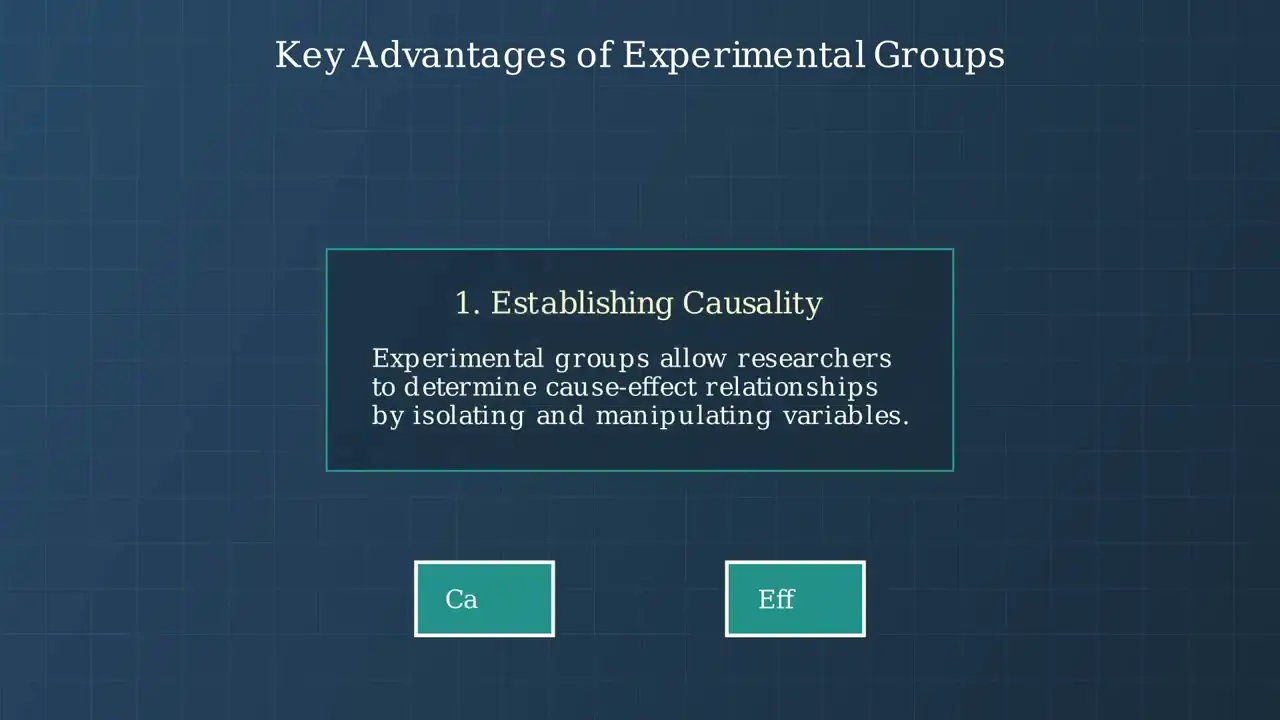
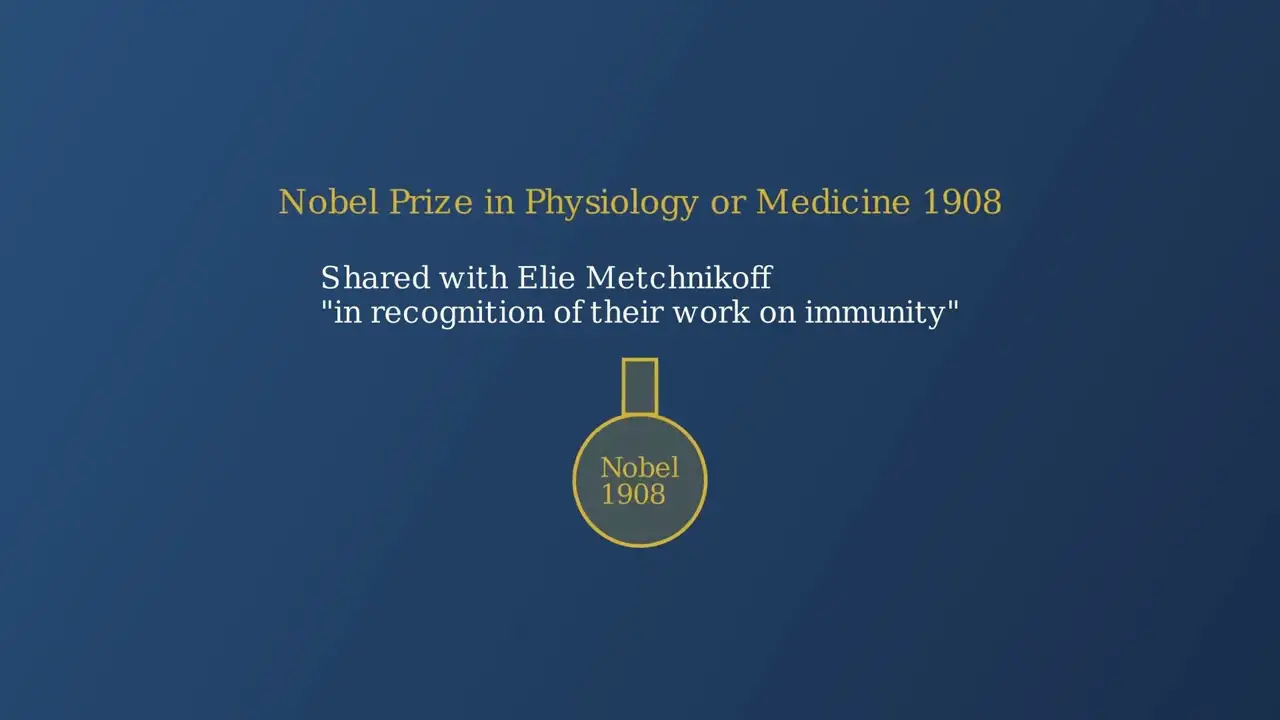
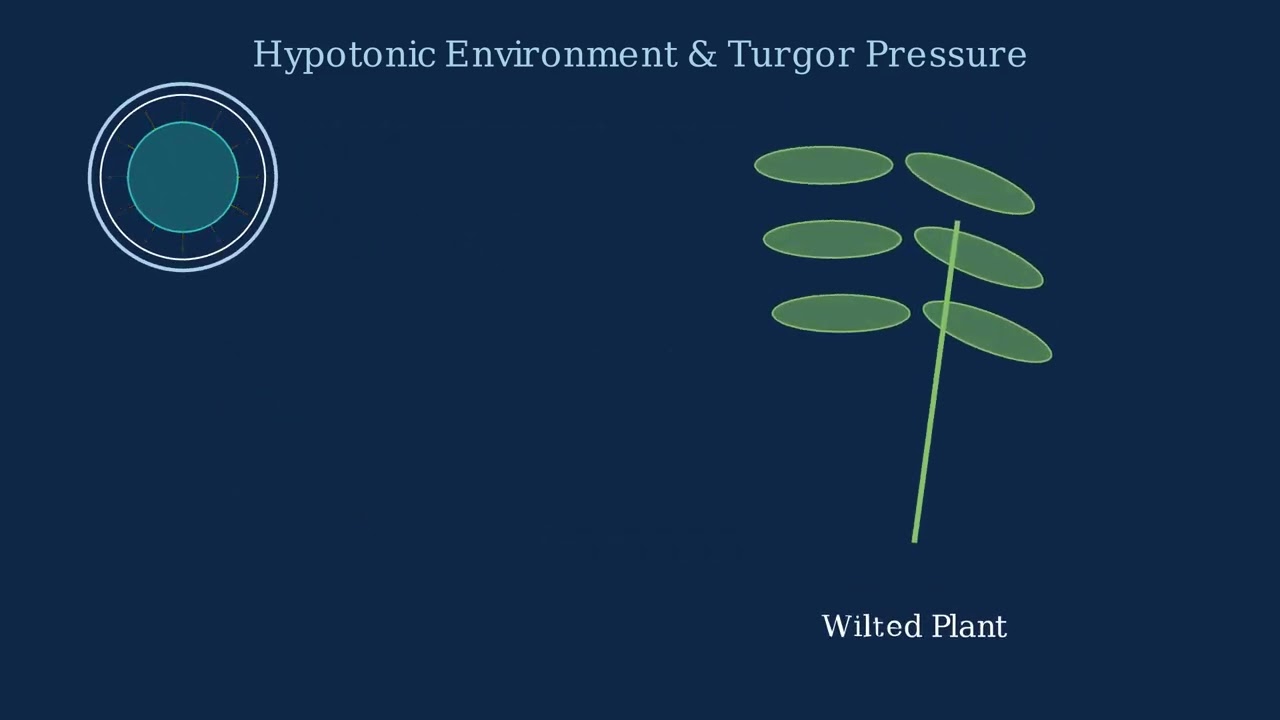
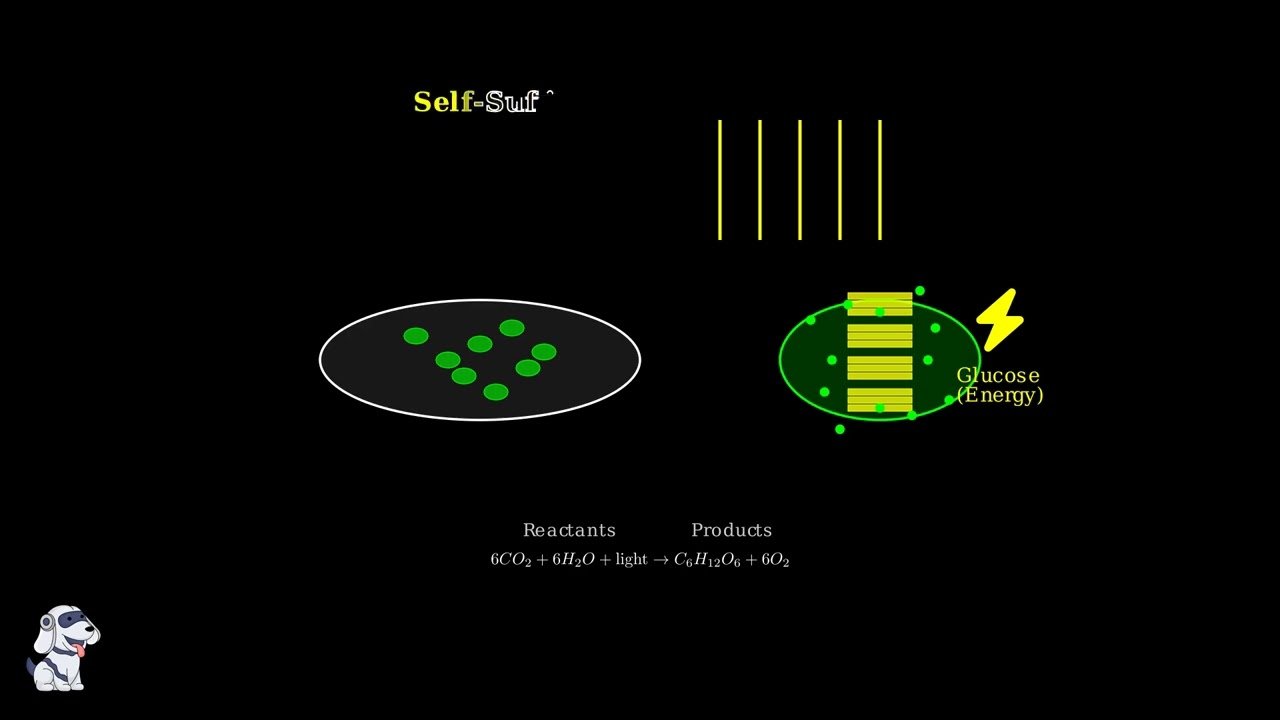
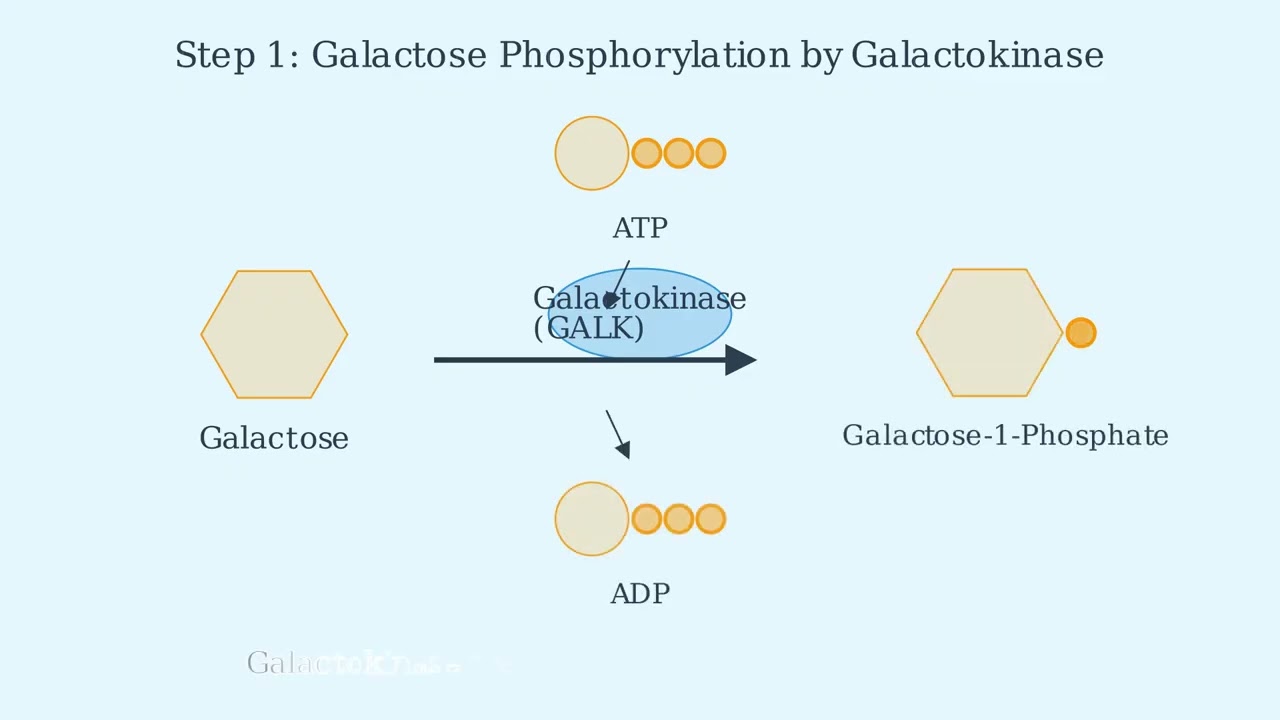
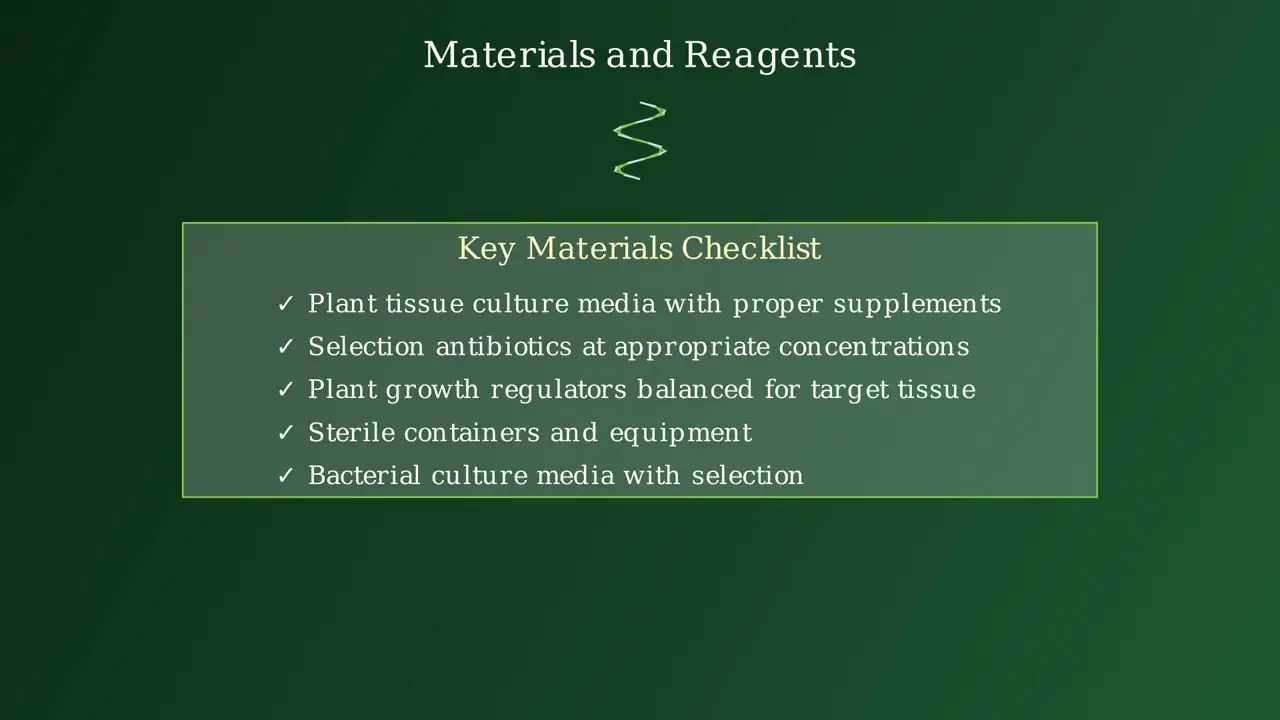
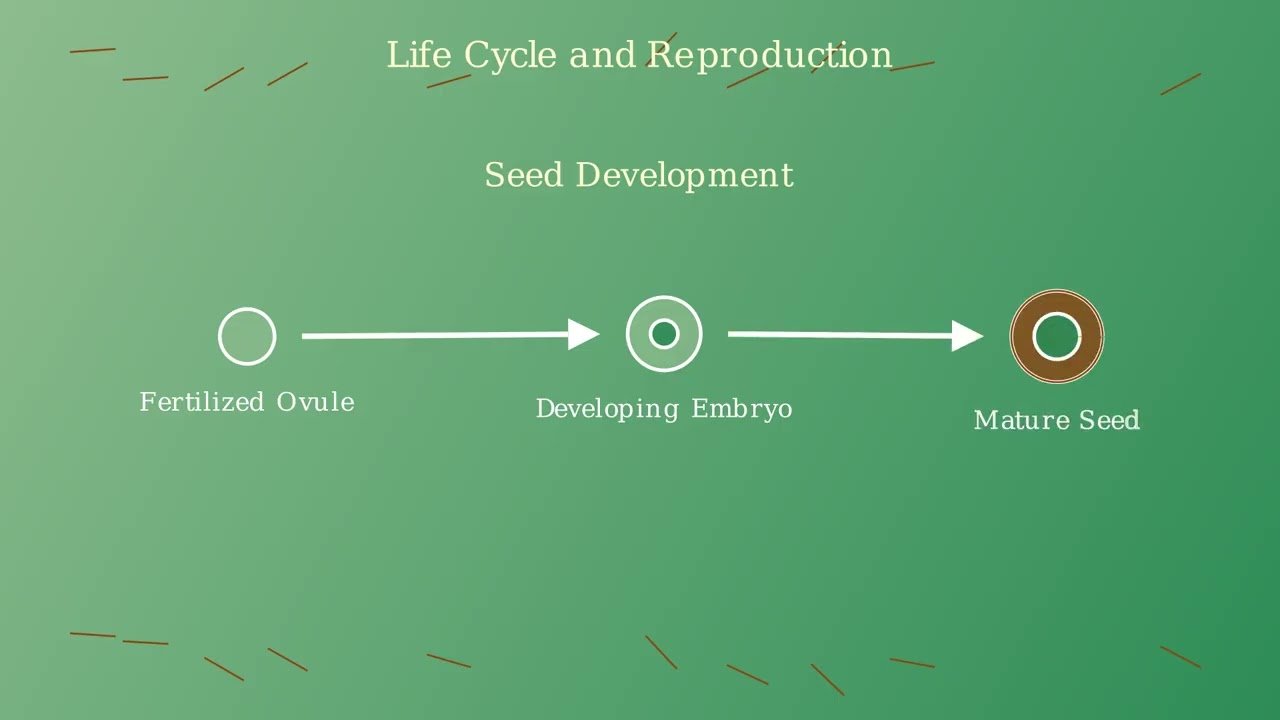
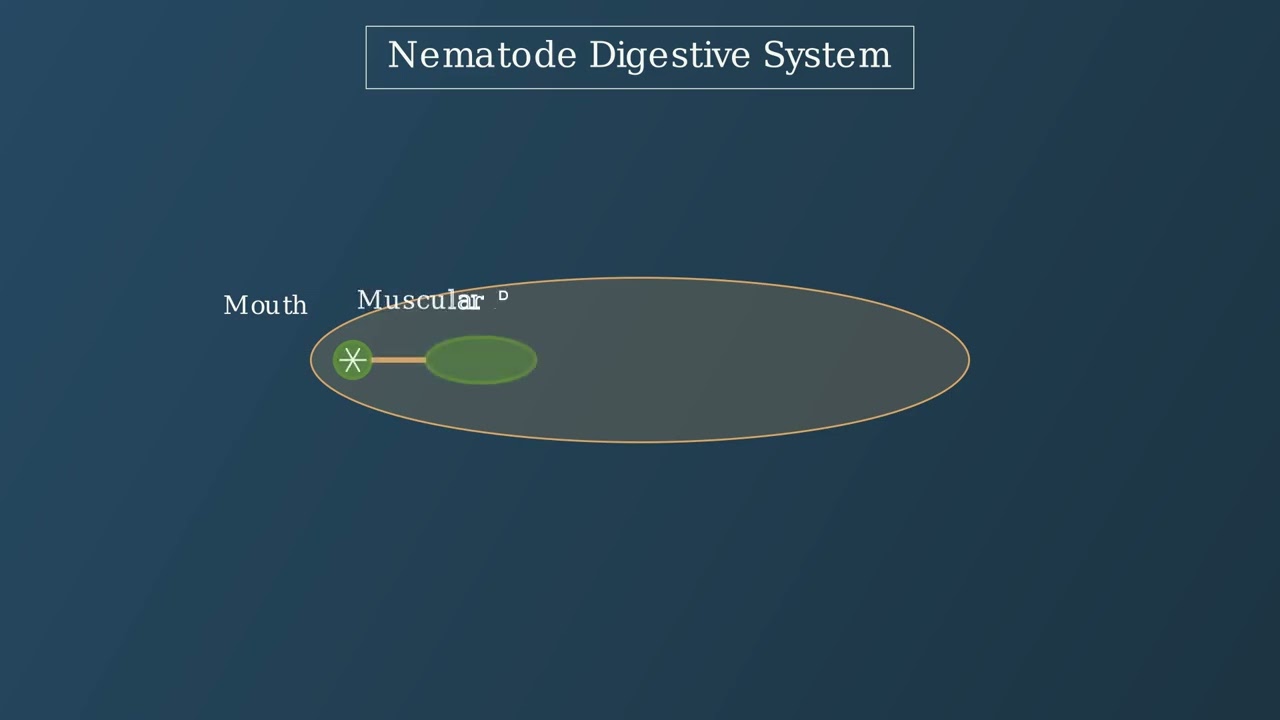
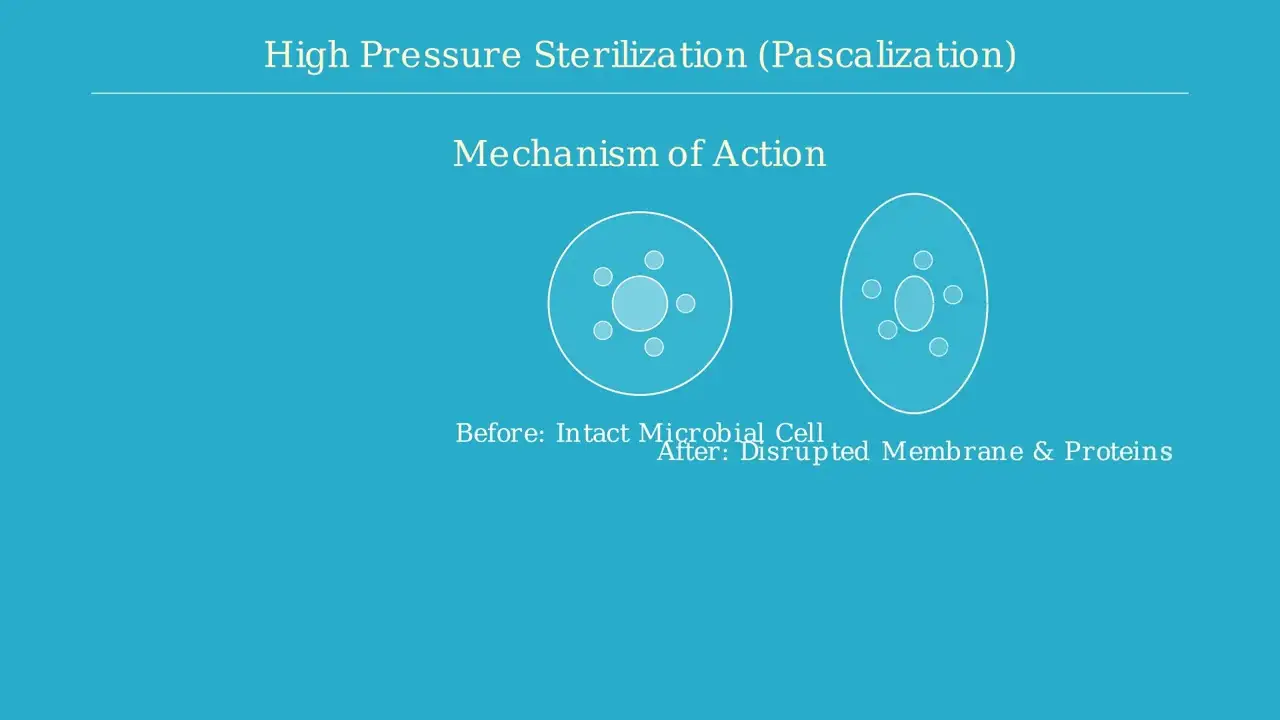
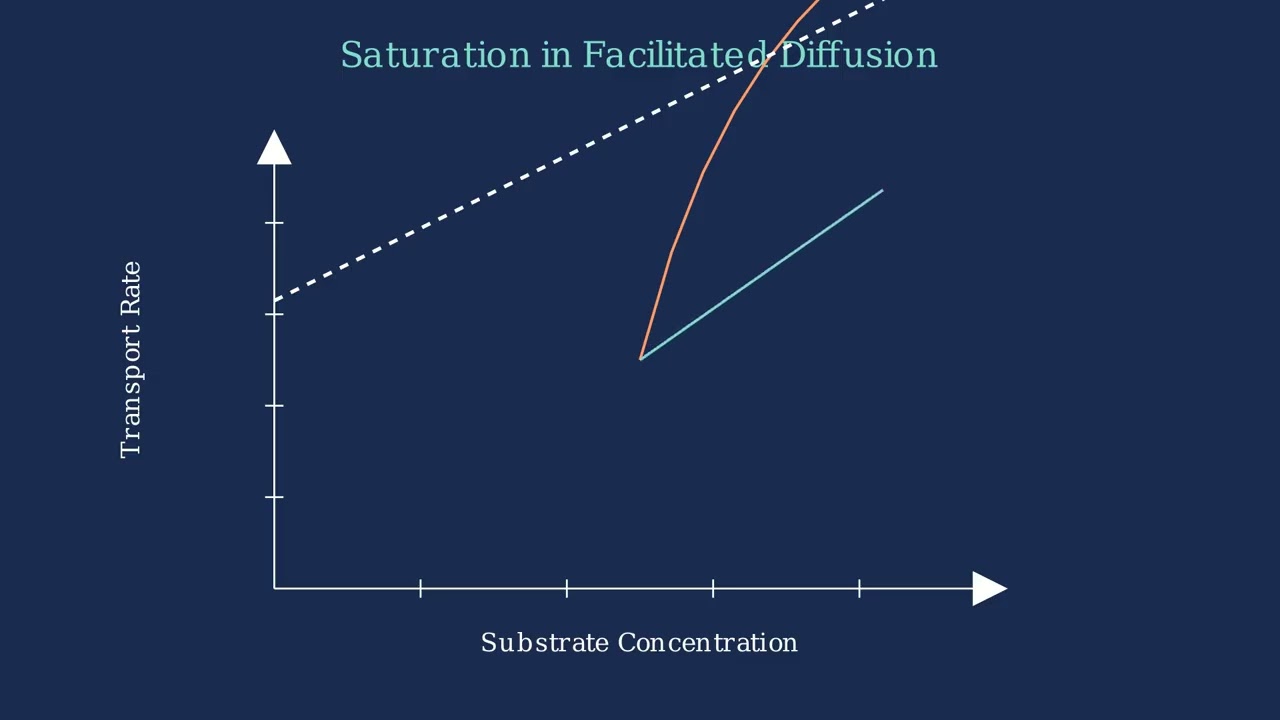
- Text Highlighting: Select any text in the post content to highlight it
- Text Annotation: Select text and add comments with annotations
- Comment Management: Edit or delete your own comments
- Highlight Management: Remove your own highlights
How to use: Simply select any text in the post content above, and you'll see annotation options. Login here or create an account to get started.